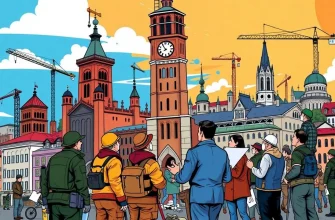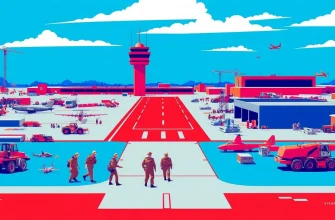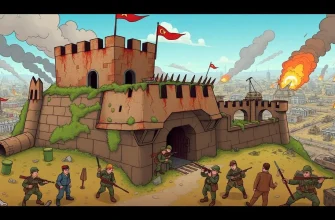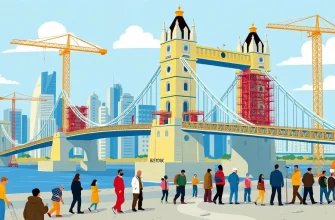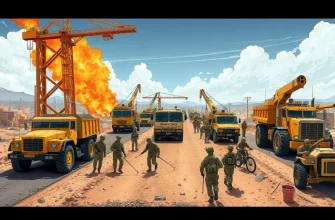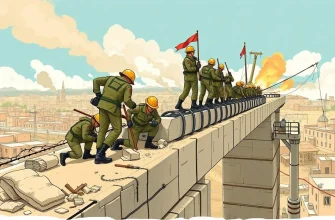This curated selection of films highlights the often overlooked role of military engineers and builders who worked tirelessly in the rear during wartime. These films not only provide insight into the logistical and strategic importance of their work but also offer a unique perspective on the human spirit and resilience in the face of adversity. Each film in this collection brings to light the stories of those who built bridges, roads, and fortifications, ensuring the success of military operations from behind the scenes.

The Dam Busters (1955)
Description: This film focuses on the RAF's 617 Squadron, known as the Dambusters, who developed and used the bouncing bomb to destroy German dams, showcasing the engineering behind this innovative weapon.
Fact: The film features the actual dog of the squadron leader, Guy Gibson, named Nigger, which has since been edited out of some versions due to its offensive name.
 Watch Now
Watch Now
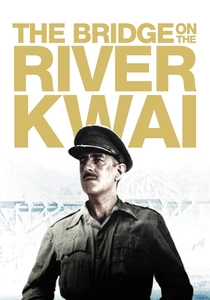
The Bridge on the River Kwai (1957)
Description: This classic film tells the story of British POWs forced by the Japanese to build a bridge as part of the Burma Railway. It showcases the engineering feats and the moral dilemmas faced by the prisoners.
Fact: The film won seven Academy Awards, including Best Picture. The bridge was actually built for the film in Ceylon (now Sri Lanka).
 Watch Now
Watch Now

The Guns of Navarone (1961)
Description: This adventure war film involves a team of Allied soldiers tasked with destroying a seemingly impregnable German fortress, showcasing the engineering challenges they face.
Fact: The film was based on a novel by Alistair MacLean, who was himself a naval intelligence officer during WWII.
 Watch Now
Watch Now

The Longest Day (1962)
Description: This film covers the D-Day invasion, including the preparation and construction of the Mulberry harbors, which were portable temporary harbors developed by the British to facilitate the rapid offloading of cargo onto beaches.
Fact: The film features an ensemble cast of over 40 international stars, including John Wayne and Sean Connery.
 Watch Now
Watch Now

The Great Escape (1963)
Description: While primarily known for its escape plot, the film also highlights the construction of tunnels by Allied POWs, showcasing their ingenuity and determination in building escape routes.
Fact: The film was based on a true story, and the real-life escape involved digging three tunnels, named Tom, Dick, and Harry.
 Watch Now
Watch Now
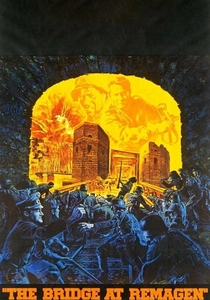
The Bridge at Remagen (1969)
Description: This film focuses on the last remaining bridge over the Rhine River, crucial for the Allies, and the efforts to capture it, including the engineering aspects of bridge maintenance and demolition.
Fact: The film was shot in Czechoslovakia, which at the time was behind the Iron Curtain, making it a unique production.
 Watch Now
Watch Now
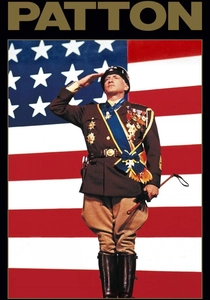
Patton (1970)
Description: While focusing on General Patton, the film includes scenes of military engineers constructing bridges and fortifications, crucial for the advance of Patton's Third Army.
Fact: George C. Scott won an Academy Award for Best Actor for his portrayal of Patton, but he famously refused to accept it.
 Watch Now
Watch Now
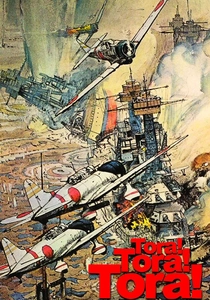
Tora! Tora! Tora! (1970)
Description: This epic war film depicts the Japanese attack on Pearl Harbor, with a significant portion dedicated to the construction of the airfields and fortifications by the Japanese military.
Fact: The film was a joint production between the United States and Japan, aiming for historical accuracy from both perspectives.
 Watch Now
Watch Now
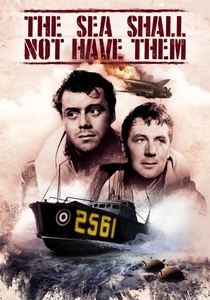
The Sea Shall Not Have Them (1954)
Description: While primarily a survival story, the film includes scenes of military engineers constructing temporary airfields and fortifications on the English coast.
Fact: The film was based on a novel by John Harris, who served in the RAF during the war.
 Watch Now
Watch Now

The Way Ahead (1944)
Description: This British war film follows a group of civilians turned soldiers, including scenes of them constructing fortifications and learning military engineering skills.
Fact: The film was made during WWII as part of a propaganda effort to boost morale and recruitment.
 30 Days Free
30 Days Free




